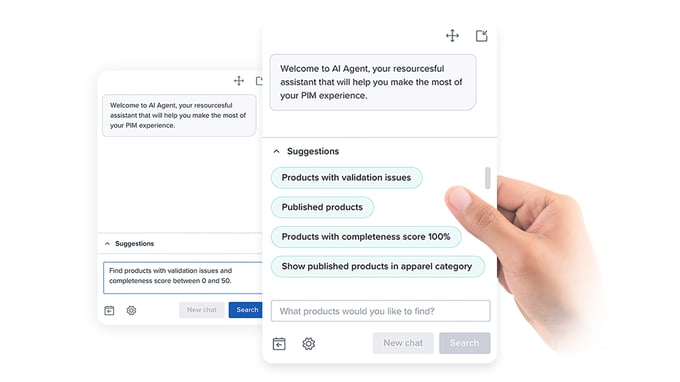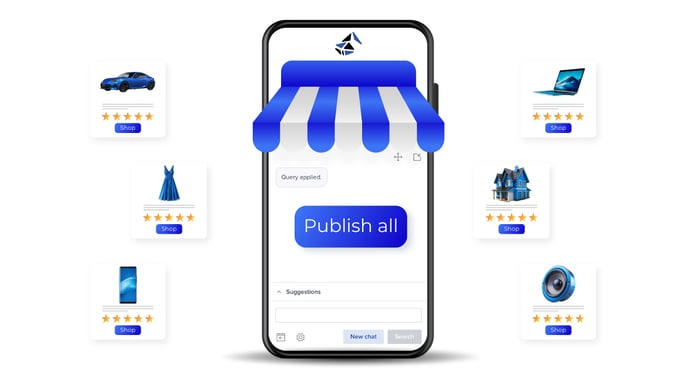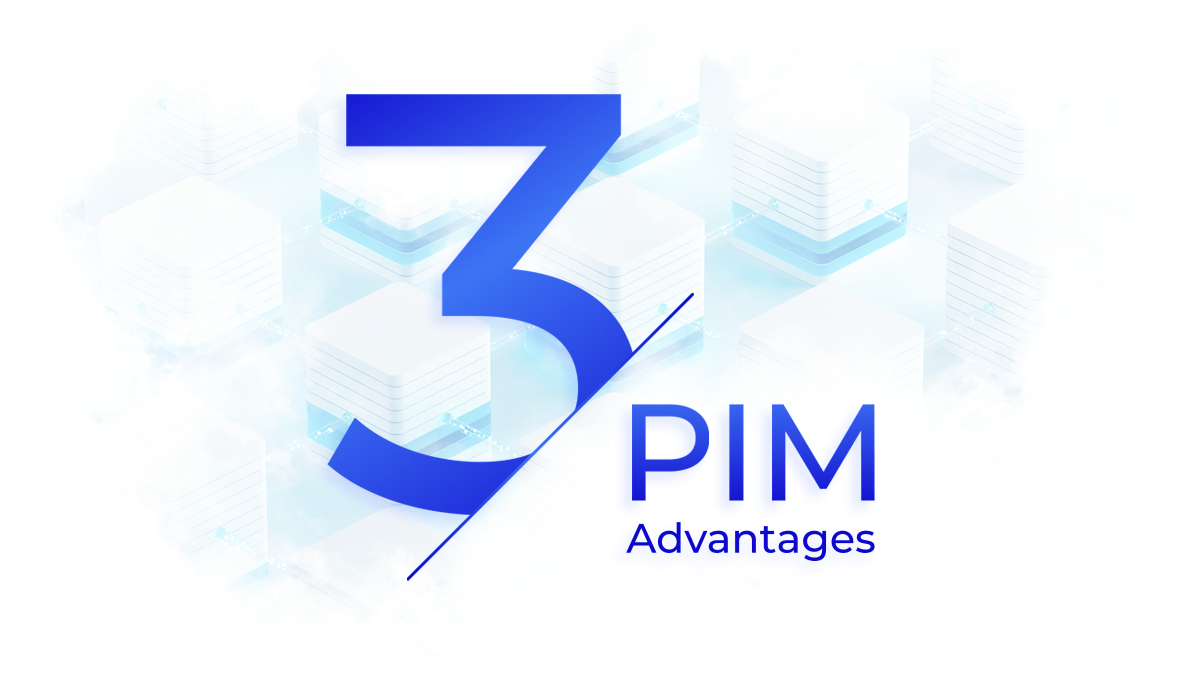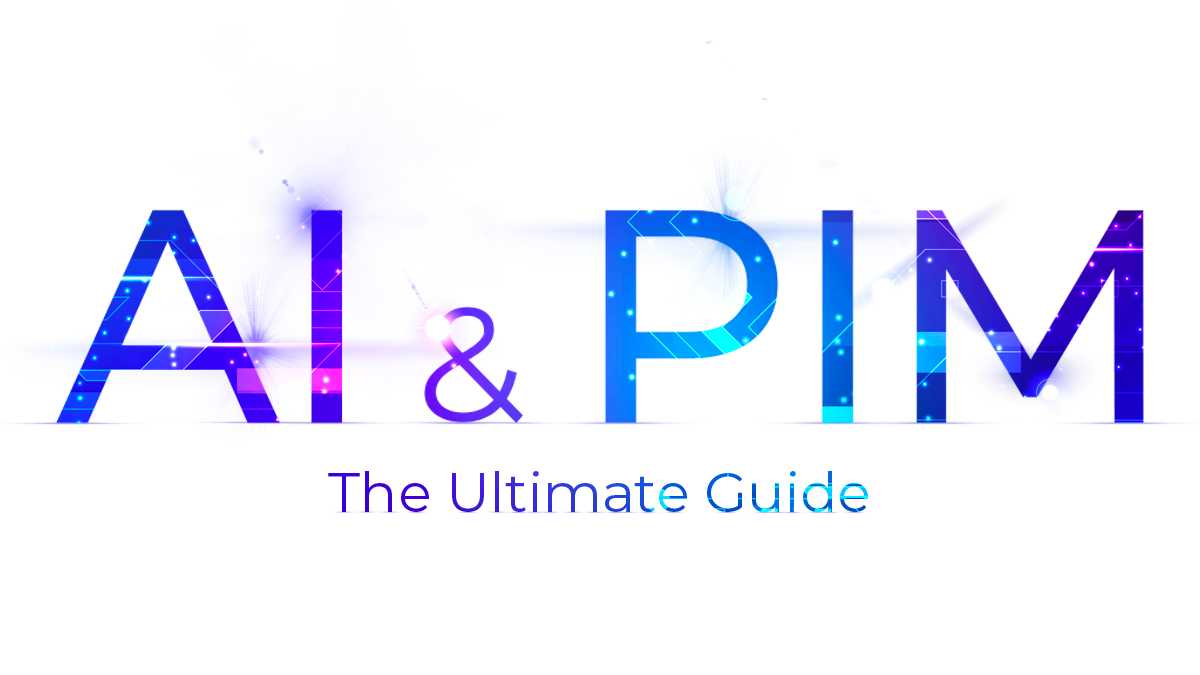
Bluestone PIM Blog

Featured Articles
Composable Commerce
Top 3 Composable PIM Advantages You Won’t Find Anywhere Else
Retail & eCommerce
E-commerce in 2025: Trends Predicted by Experts
Results for


AI
How AI Really Works in Bluestone PIM
Discover how AI in PIM system boost data quality, automate enrichment, and transform product information management.

Best Practices
How to Implement a PIM System in 10 Steps: A Practical Guide from Real Projects
Learn how to plan, implement, and manage a PIM system step by step, from data preparation and integration to adoption and long-term success.

Best Practices
9 Black Friday E-Commerce Strategies 2025: Tech and Marketing Tips
Discover 9 expert Black Friday e‑commerce strategies for 2025. Learn how to boost conversions with PIM, DAM, and omnichannel tips for peak performance.

Product Information Management
What Are the Main Benefits of Using a PIM System?
Discover the main benefits of a PIM system: single source of truth, faster time‑to‑market, fewer errors and returns, consistent omnichannel content.

Product Information Management
AI Capabilities: Inriver vs Bluestone PIM
Explore the capabilities and differences between Inriver and Bluestone PIM, and discover which is the best fit for your e-commerce needs.

Sustainability
Digital Product Passport Solution: Bluestone PIM & Kolla Integration Guide
Achieve EU Digital Product Passport compliance with Bluestone PIM and Kolla. Automate data sharing, boost transparency, and enhance your brand’s sustainability story.

AI
Bluestone PIM Launches AI Agent for Fast, Easy Product Data Management
Meet Bluestone PIM AI Agent: Manage product data with conversational AI. Speed up, simplify, and automate your PIM. Now available.

Retail & eCommerce
AI in E-commerce: How to Compare AI Agents in PIM Systems [Framework]
Learn how to compare AI agents in PIM systems for e-commerce. Use our maturity scorecard, real-world scenarios, and buyer checklist to find the best fit.
START YOUR PIM JOURNEY
Schedule a 30-minute call with our expert and win the omnichannel game with composable PIM, just like our customers





